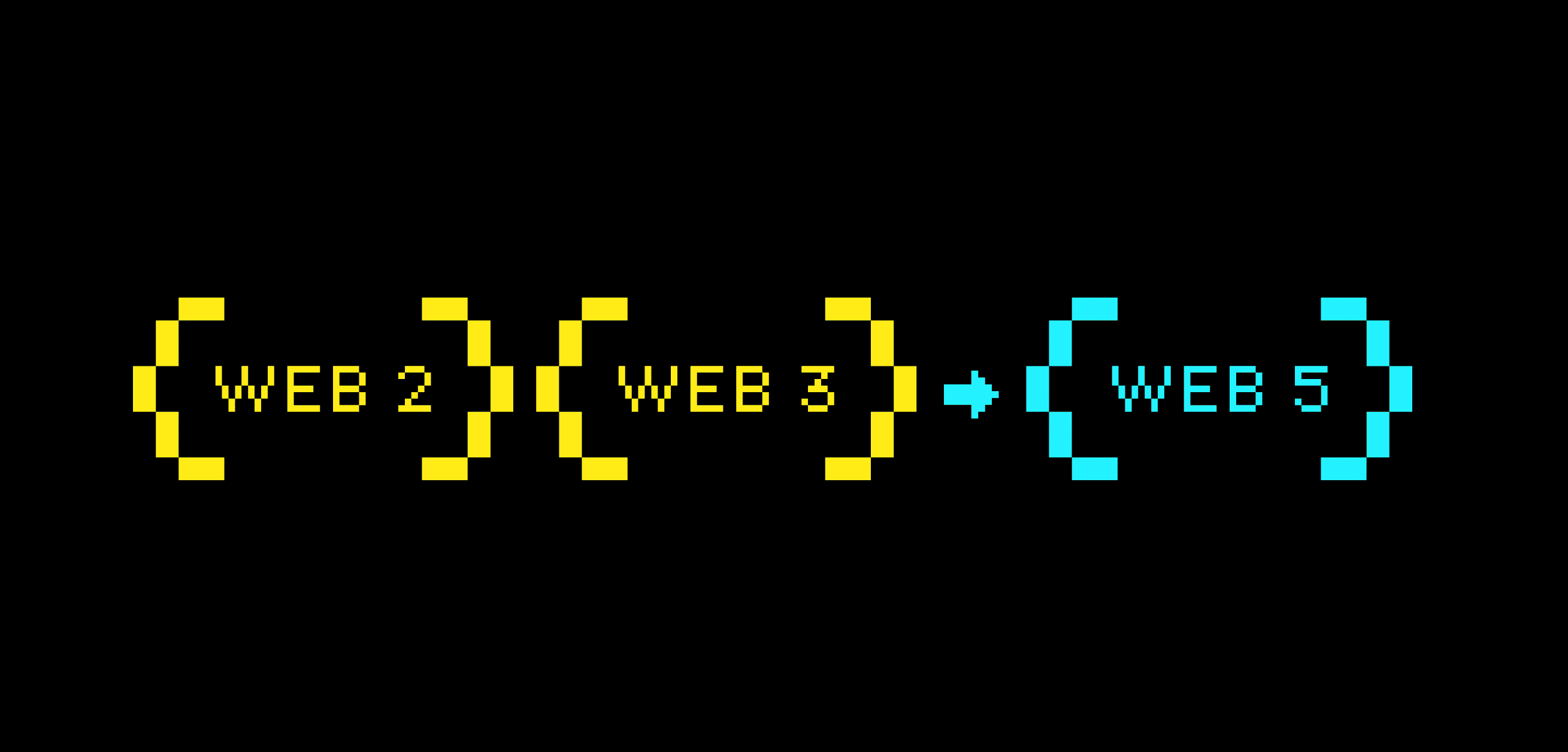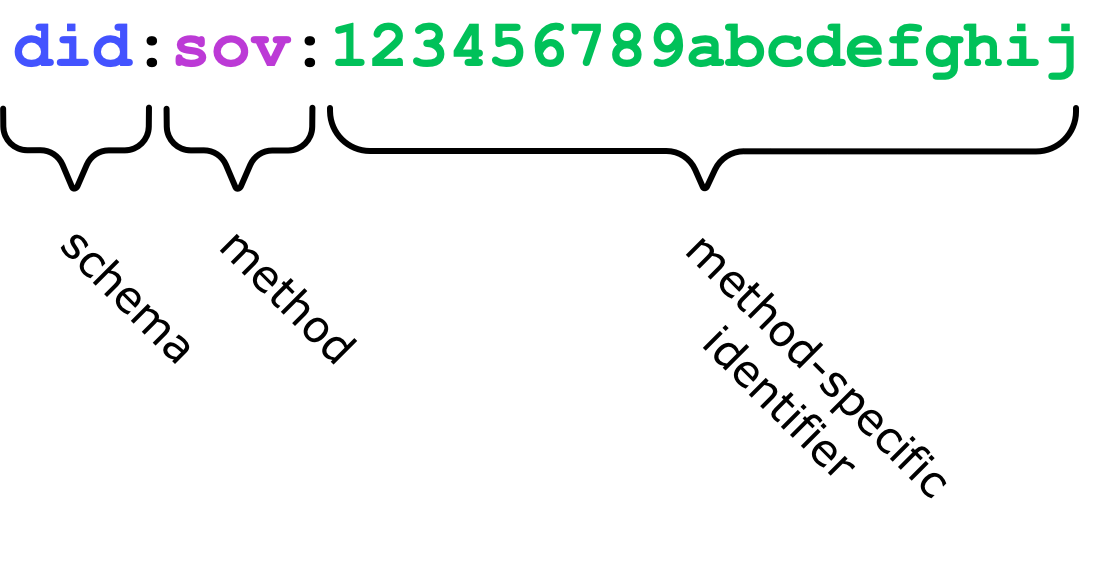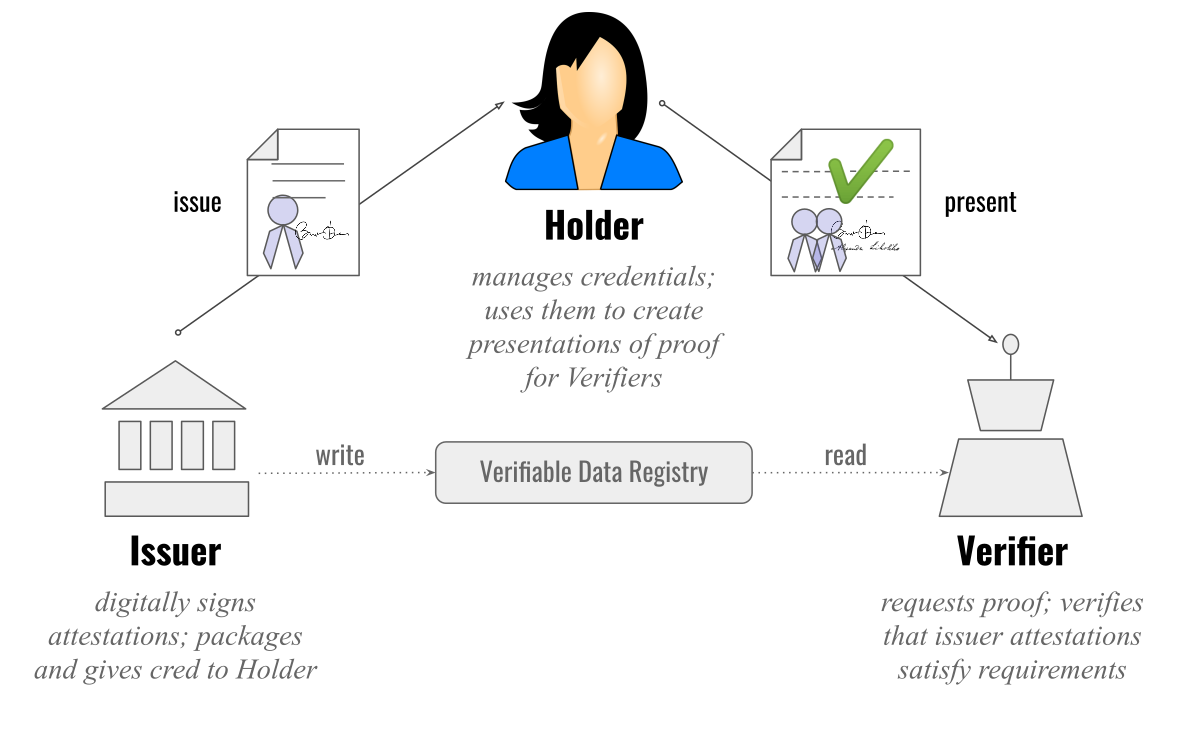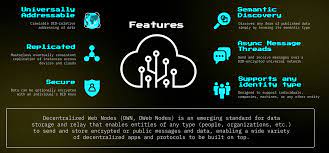Navigating the Future of Web 5.0: A Dive into the Next Frontier of User-Centric, Decentralized Internet
 Lilian Damisa
Lilian Damisa
Introduction
Web 5 is a decentralized, peer-to-peer vision of the web built exclusively on a second layer of the Bitcoin blockchain. In simple terms, web 5 puts one in control of their own personal data and identity. The current web model does not allow users to own their personal data and identity. Instead, they are given accounts after signing up on these platforms. Web 5 changes that completely. Web 5 focuses on returning ownership of data and identity to individuals.
Components of Web 5.0
There are 3 main pillars on which Web 5 operates:
Decentralized Identifiers
Verifiable Credentials
Decentralized Web Nodes
Decentralized Identifiers (DIDs): these are new identifiers that enable verifiable personal digital identities. The identifiers we use today are owned by government authorities. In contrast to this, DIDs have been designed to detach or decouple identities from the centralized authorities.

Verifiable Credentials: These are credentials that work hand-in-hand with DIDs that ensure suspicious transactions, meaning two parties do not need to trust each other to engage.

Decentralized Web Nodes (DWNs): In today’s web version or model, our data are stored on centralized platforms leaving us with little or no control over our identities. DWNs modify this by giving us a chance to possess our own personal data stores that hold both public and encrypted data. It allows one to have his/her own personal web node where their data can be stored and hosted on devices like computers or smartphones.

Applications of Web 5.0
Healthcare: Web 5 makes possible the implementation of patient-controlled health records where people have direct control over their health records. This empowers individuals to manage who has access to their sensitive medical information.
Finance and Banking: Web 5 enables users to have full control over their financial data and transactions. Also, it utilizes blockchain for transparent and secure financial transactions.
Education: Web 5 plays a very important role in the educational industry. It makes use of decentralized systems to verify academic credentials, empower students with full control of their educational records and achievements, and implement secure communication channels between parents, students, and school authorities.
Retail and E-commerce: it provides users with control over their purchase history and personal preferences. It also implements secure and private payment systems.
Transportation: it provides users with control over their transportation and location data. It also uses blockchain for secure and transparent records in logistics.
Challenges of Web 5.0
While the concept of Web 5 with a focus on user-centricity, data privacy, and security holds promise, there are potential challenges that users might face. Some of them are:
The complexity of decentralized systems: users may find it challenging to navigate and understand decentralized systems, blockchain technology, and other advanced mechanisms that underpin Web 5.
Compatibility issues: achieving seamless compatibility between different systems and platforms adhering to Web 5.0 principles might be challenging. Users could face difficulties if there are compatibility issues between services.
Initial setup and onboarding: the onboarding process to set up decentralized identities or manage control over data may initially be more complex than current centralized systems, potentially leading to user frustration.
Conclusion
In the realm of Web 5, users reign supreme. It is a digital era where one controls their data, ensuring privacy and security. Imagine a web where your choices matter, your information is safeguarded and you’re the captain of your online journey. That’s the beauty of Web 5 – putting you in the driver’s seat of your digital experience.
Subscribe to my newsletter
Read articles from Lilian Damisa directly inside your inbox. Subscribe to the newsletter, and don't miss out.
Written by
